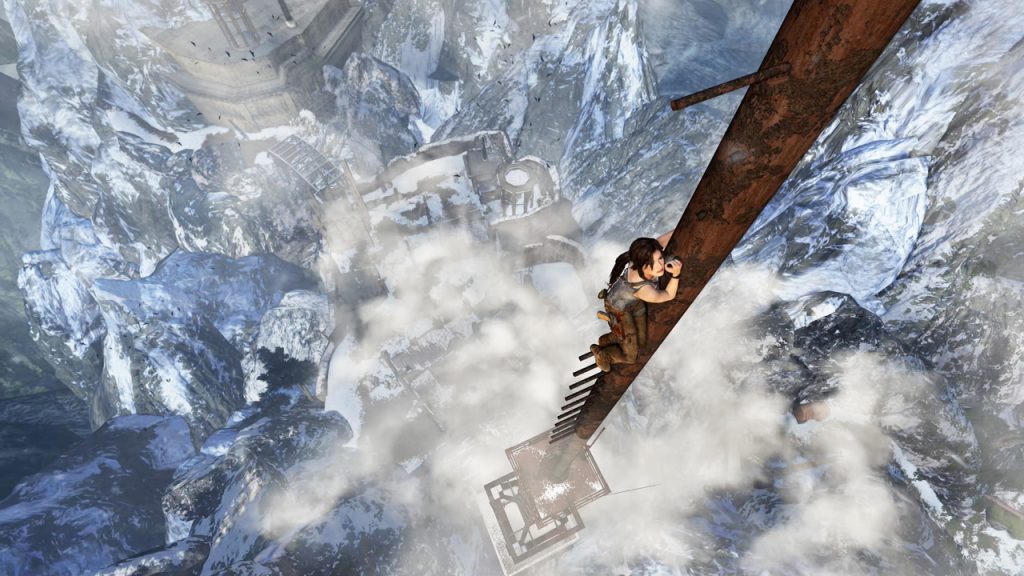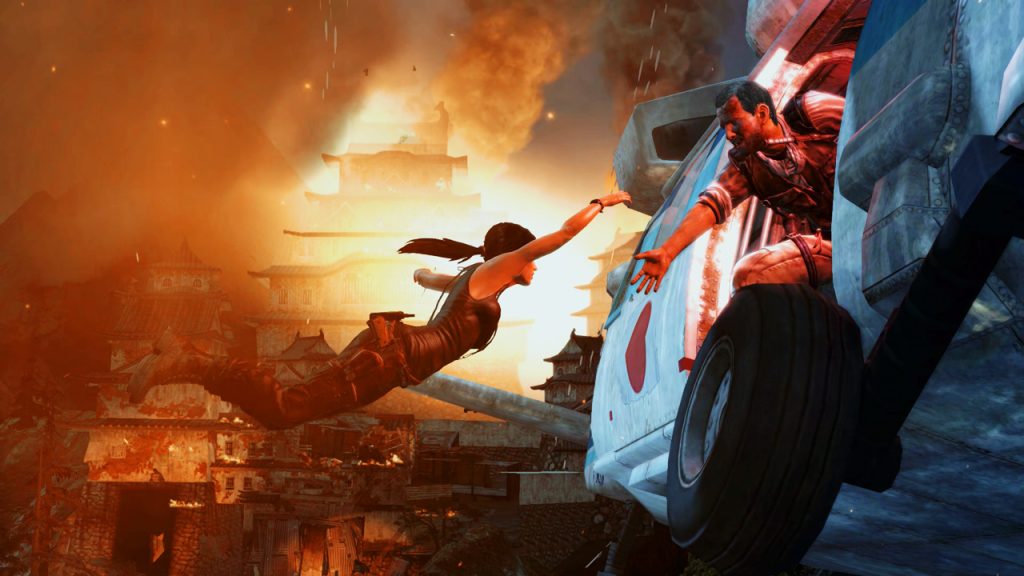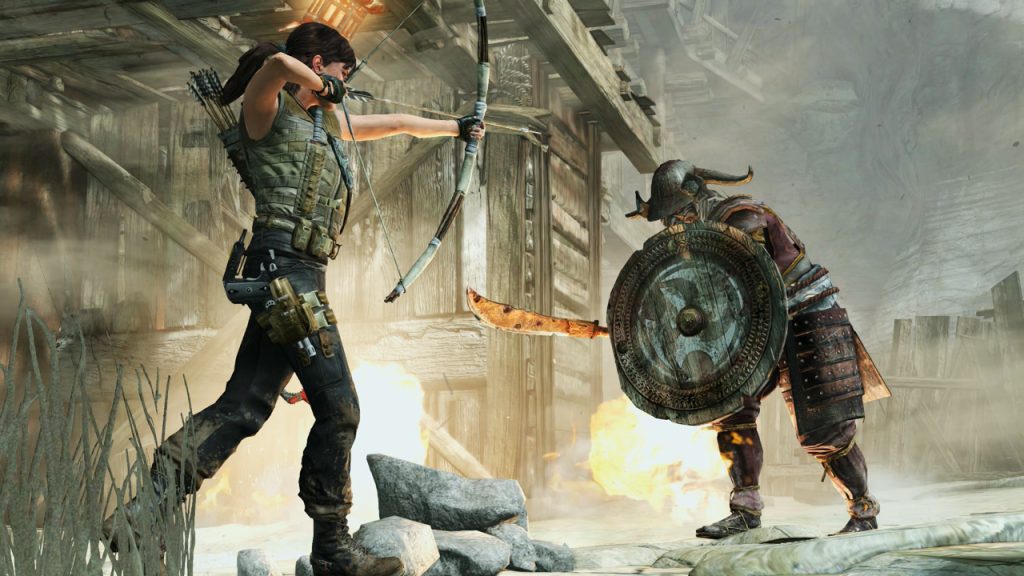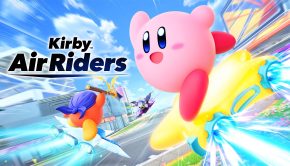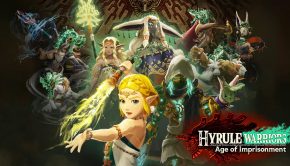Tomb Raider: Definitive Edition Switch 2 Review
Summary: Lara's first entry into the Survivor trilogy performs well on Switch 2, thanks to some unfortunate visual downgrades.
4
Adventurous!
Between 1996 and 2003, the Tomb Raider series saw annual releases across various platforms, and byTomb Raider: Underworld in 2008, things had started to feel a little stale.
Fast forward half a decade, and Crystal Dynamics rebooted the series with Tomb Raider, a new story that explored the origins of Lara Croft and how she became a legendary archaeologist.
Tomb Raider: Definitive Edition was originally released on PlayStation 4, Xbox One, and PC a year later and brought improvements to graphics and controls, as well as bundling all DLC in one tidy package. Now, over ten years later, this has been ported to Switch 2.
This release is largely the same as those released on the 8th generation consoles, Lara’s first adventure in what’s become known as ‘The Survivor Trilogy’.
The story sees Lara and her companions stranded on the fictional island of Yamatai after a storm wrecks their ship while on an expedition in the area, and deposits them on the island. This being Lara’s first archaeological outing, she’s not as adept at murdering the wildlife and locals as in later games, but gradually learns to overcome her fear of not shooting and looting everything in sight.
It’s a solid, if largely unoriginal, romp through Lara’s past, mixing puzzles, platforming, and third-person shooter action as good as any game in the Uncharted series, coming in at around 12 hours to conquer the story mode and a few more hours for all the included DLC.
So, what, if anything, is different from the original release of Tomb Raider: Definitive Edition on those older consoles? Well, not a great deal, but there are some changes, mostly in the visual department.
Lara’s adventure has had some cutbacks made to squeeze the game onto Switch 2 while maintaining a good level of performance. The most notable changes have been made to the lighting, shadows, and foliage. Much of the vegetation, both the clutter on the ground and the trees overhead, has had its shadows stripped away, not so much so that it ruins the look of the game, far from it, but noticeable.
It’s most jarring when you see a side-by-side of the two versions. The Switch 2 edition, with its lighter shadows, makes the game feel lighter overall. Everything seems to be just that bit brighter. It’s fine, of course, but now I know the difference, I can’t un-see it.
The foliage changes also contribute to this. There’s far less ground-level shrubbery knocking around, grass is a little thinner, etc. Again, it’s fine for the most part, but this, along with the shadows, or lack thereof, gives the impression of a much more barren island. That aside, visuals seem to be roughly in line with those seen in the last-gen versions.
With all that said, the game looks decent still. Especially so in handheld mode. There are some stunning locations and beautiful vistas that still look great, despite the graphical shortcomings of this version. As always, art direction trumps all else, and the Switch 2 version still holds up well in this department. This is further backed up by excellent performance.
Both docked and in handheld mode, Tomb Raider stays at a steady 60fps at 1080p in both modes. The visual cuts are likely the reason this could be accomplished.
Perhaps most interestingly, this release takes advantage of the Switch 2 Joy-Con mouse functionality. It was a little strange at first, but once I’d gotten used to changes it was a perfectly fine way to play the game. Not quite mimicking playing it on PC, but not that far off. I don’t think I’ll be choosing it over a controller in the future for this type of game, but it’s cool to see developers making it available for those that want to use it.
One aspect that I didn’t expect to be brought forward with this re-release is the multiplayer aspect. Yet here it is, in all its glory (or lack thereof). It can be fun for a while, but it isn’t particularly interesting, even as far as tacked-on multiplayer modes went back then. Still, it’s nice to see it brought back to life.
Final Thoughts?
This unexpected drop of Lara’s first reboot adventure onto Switch 2 was a pleasant surprise, both from its general existence and from the inclusion of its multiplayer mode, solid performance, and low price.
While it may not necessarily be the best way of playing it these days, thanks to the visual sacrifices made, it’s still a perfectly decent port, and I had a lot of fun revisiting Yamatai Island.




